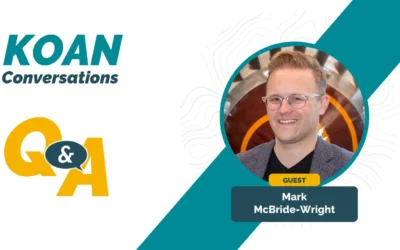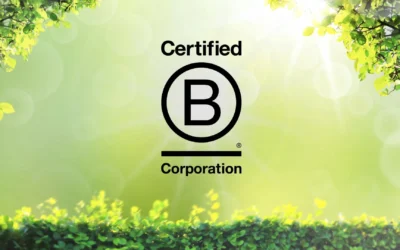The 5 C’s of Peer Learning: Integrating Peer Social Connection with Work


By Sue Brundege, Senior Facilitator and Director of Client Services at Integrated Work
Think back to when you started in your current role. How did you actually learn to do your job? Like most of us, you probably grasped the ins and outs of your position while you worked, gleaning lessons from others who have done your job. In truth, it’s rare to receive all the training necessary to succeed in a new position. Enter peer learning, a structured forum for professionals to share and leverage expertise that may be otherwise dispersed across different teams, divisions, offices, or even organizations and associations.
If you are like me, you enjoy professional growth that also involves some sort of social interaction (think: networking time during a workshop). In peer learning, social connection is integrated with growth, and these conversations become an ongoing source of significant and lasting development. Other benefits of peer learning include shorter learning curves for new staff; greater employee satisfaction; accelerated professional growth; less “reinventing the wheel;” and more opportunities to innovate and create with like-minded colleagues.
So how is peer learning different from a group of employees getting together for happy hour to talk about their jobs? I like to think of it in terms of the Five Cs: Connection, Content, Context, Confidentiality, and Continuity. Let’s take a look at each of these:
Connection. Peer learning takes networking beyond occasional interaction and builds real relationships based on knowledge, experiences, and a desire to grow. Through a connection with one’s peers, a participant quickly builds trust with colleagues who have made the same mistakes or can share their successes.
Content. The best peer learning content is directly related to participants’ daily work. Other stakeholders (i.e., funders, managers, etc.) may influence discussion topics, but ultimately participants are responsible for developing and discussing relevant focus areas and recognizing that there is almost always something to learn from another’s experience.
Context. Peer learning not only helps employees learn more quickly about their own job roles and responsibilities, it also provides opportunities for the group to connect their work with overall organizational objectives and the larger business landscape and climate within which they operate.
Confidentiality. Participants can only fully engage in peer learning environment that is safe and supportive. A group agreement to confidentiality ensures that participants are free to admit mistakes, take risks, and be vulnerable, knowing their colleagues will respect and supports them.
Continuity. Peer learning works when participants come together regularly and can build on ideas and strategies generated in earlier discussions. This consistency promotes trust, reinforces new ideas, generates anticipation, and encourages participants to connect with and learn from one another between and beyond scheduled group discussions.
With the Five Cs in place, peer learning is more than just employees talking about work; it becomes an incubator for learning, growth, connection, and a synergetic community that is much greater than the sum of its parts.
Sign up for our newsletter to receive helpful tips about peer learning, coaching, avoiding burnout, and other topics to support well-being at work.
Cultivating KIND Cultures to Unlock Innovation and Inclusivity in Workplaces
As an organization of individuals who seek to contribute to a better future, Integrated Work is proud to be part of the B Corp community.
A KOAN Case Study: B Corp Community Leads the Way Toward Better Business
As an organization of individuals who seek to contribute to a better future, Integrated Work is proud to be part of the B Corp community.
Building Resilient Businesses Through Empathy
Integrated Work CEO Jennifer Lyn Simpson and workplace innovator Sophie Wade explore how a human-centered approach based in empathy can guide leaders to build more resilient businesses.
JEDI Journey Cards: Prompts, Questions, and Reflections to Help Us Move Toward a More Inclusive, Equitable Future
We designed the JEDI Journey cards to push people to engage deeper in the complexities of Justice, Equity, Diversity and Inclusion. We know these things take time and the solutions are not readily easy (if they were, would we still be talking about this?). JEDI Journey implies an ongoing process. To borrow from the Bard and nudge the saying a bit – “The journey is the thing!”
Exploring the KOAN method: A Bolder Vision
Today’s challenges require solutions that our current systems and organizations are not designed to produce repeatedly or reliably. Creating conditions where purpose-driven, authentic leaders can thrive requires us to cultivate a new approach — one that is both possible and within reach.





0 Comments